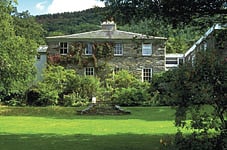Discover 11 hidden attractions, cool sights, and unusual things to do in Betws-y-Coed (United Kingdom). Don't miss out on these must-see attractions: Swallow Falls, Conwy Falls, and Gwydir Forest. Also, be sure to include Llyn Elsi in your itinerary.
Below, you can find the list of the most amazing places you should visit in Betws-y-Coed (Wales).
Table of Contents
Swallow Falls
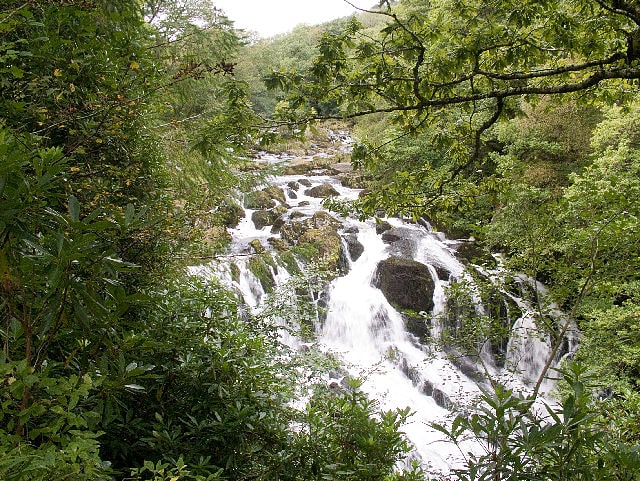
Waterfall. Swallow Falls is a name coined by early tourists for the Rhaeadr Ewynnol, a multiple waterfall system in Wales, located on the Afon Llugwy near Betws-y-Coed, in Conwy County Borough.[1]
Address: Holyhead Rd., Betws-y-Coed
Conwy Falls
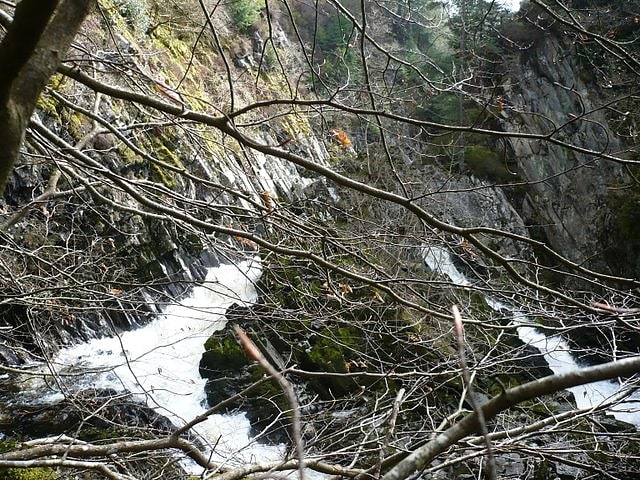
Waterfall. Conwy Falls is a waterfall on the River Conwy at Bro Garmon in Conwy County Borough in Wales. The falls and surrounding area are a Site of Special Scientific Interest. The nearby cafe, adjacent to the A5, is an interesting example of the work of the Welsh architect Clough Williams-Ellis, of Portmeirion fame.[2]
Gwydir Forest
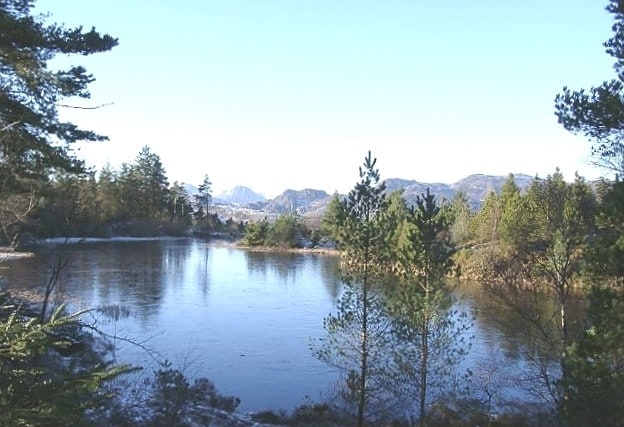
Gwydir Forest, also spelled Gwydyr, is located in Conwy county borough and the Snowdonia National Park in Wales. It takes its name from the ancient Gwydir Estate, established by the John Wynn family of Gwydir Castle, which owned this area.
Natural Resources Wales uses the alternative spelling. Certainly as early as 1536, Leland wrote: "Gwydir lieth two bowshots above the River Conwy. It is a pretty place."[3]
Llyn Elsi
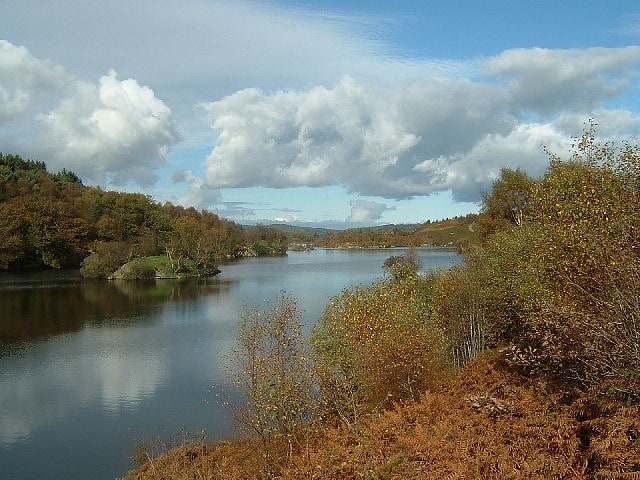
Lake in Wales. Llyn Elsi is a lake located above the village of Betws-y-coed in the Snowdonia National Park in North Wales. It is a reservoir providing water for the village.
There is a path round the lake, and affords good views to the north-west towards the mountain ranges of the Carneddau and the Glyderau. Snowdon itself is not visible behind Moel Siabod. The lake is more than 700 ft above sea level, and has a small island.
The 20 ft dam was built in 1914, but even so the lake only has a maximum depth of approximately 9 metres. Prior to this the lake was two smaller lakes, called Llyn Rhisgog and Llyn Enoc. A memorial at the northern end of the lake commemorates the fact that Lord Ancaster permitted the building of the dam and the use of the lake as a water supply.
In 1946 black-headed gulls established a colony at the lake, causing concern over pollution to the water supply.
The lake is kept stocked with various type of trout by the local angling club.
Llyn Elsi can be reached on foot by various paths, one starting behind St. Mary's church in the village.[4]
Conwy Valley Railway Museum
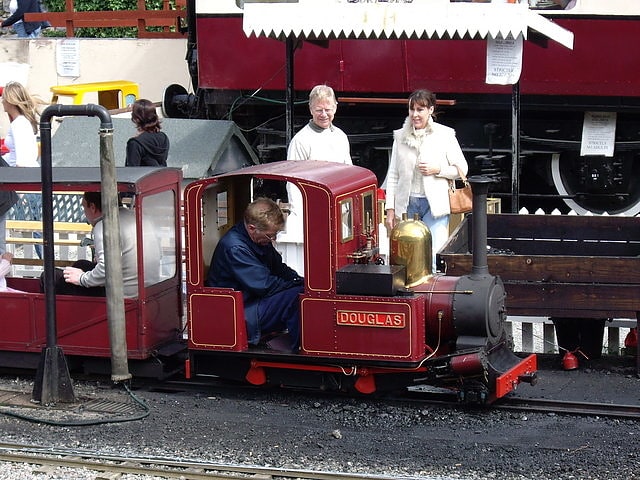
Museum in Betws-y-Coed, Wales. The Conwy Valley Railway Museum is located at Betws-y-Coed railway station, Betws-y-Coed, North Wales, on the site of the old railway goods yard.[5]
Address: The Old Goods Yard Ffordd Hen Eglwys, LL24 0AL Betws-y-Coed
St Mary's Church

Church in Betws-y-Coed, Wales. St Mary's Church, Betws-y-Coed, is in the village of Betws-y-Coed, Conwy, Wales. It is an active Anglican parish church of the Church in Wales, in the deanery of Arllechwedd, the archdeaconry of Bangor and the diocese of Bangor. The church is designated by Cadw as a Grade II* listed building.[6]
Address: Holyhead Road, LL24 0AA Betws-y-Coed
Dolwyddelan Castle
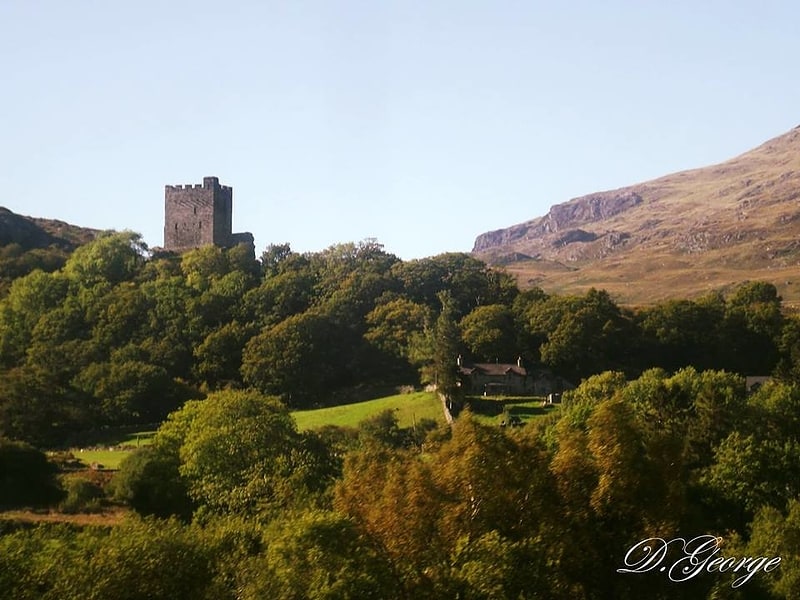
Tourist attraction in Wales. Dolwyddelan Castle is a Welsh castle located near Dolwyddelan in Conwy County Borough in North Wales. It is thought to have been built in the early 13th century by Llywelyn the Great, Prince of Gwynedd and Wales. Initially comprising just one tower with two floors, a second tower was built in the late 13th century, and a third floor was added to the first during repairs in the late 15th century.[7]
Waterloo Bridge
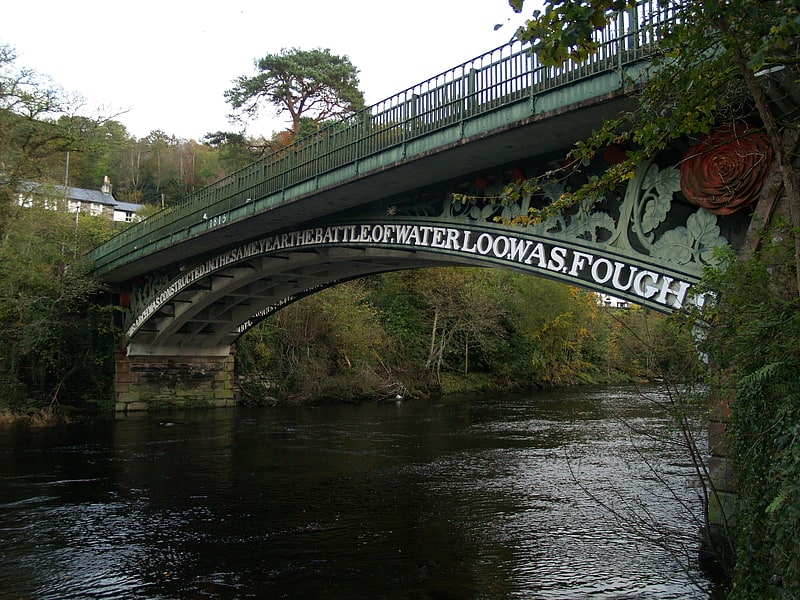
Bridge in Wales. Waterloo Bridge is an early cast iron bridge, spanning the River Conwy at Betws-y-Coed, in Conwy county borough, north-west Wales.
The bridge is located about half a mile south-east of the village. It was built by the civil engineer Thomas Telford. An inscription on the arch records that it was constructed in the year of the Battle of Waterloo, but although designed and constructed in 1815, its erection was not completed until the following year. It was raised as part of building the road from London to Holyhead (now the A5). The bridge is made wholly from cast iron, apart from the stone bastions, and was only the seventh such bridge to be built.
In 1923, the bridge's masonry abutments were refurbished, and its superstructure was strengthened by encasing the inner three ribs in concrete. A 7 in (180 mm) reinforced cantilevered concrete deck was also added, which provided extra space for new footways; the cast iron parapet railings were re-erected on the outside of the new footways.
In 1978, a new 10 in (250 mm) reinforced concrete deck was added and the masonry abutments were also strengthened.
In May 1996, the bridge was Grade I listed as "a highly important and imaginatively-designed iron road bridge by Thomas Telford, engineer, a significant example of early iron technology".[8]
Galeri

Museum
Address: Holyhead Road, LL24 0BW Betws-y-Coed
Platform Galeri
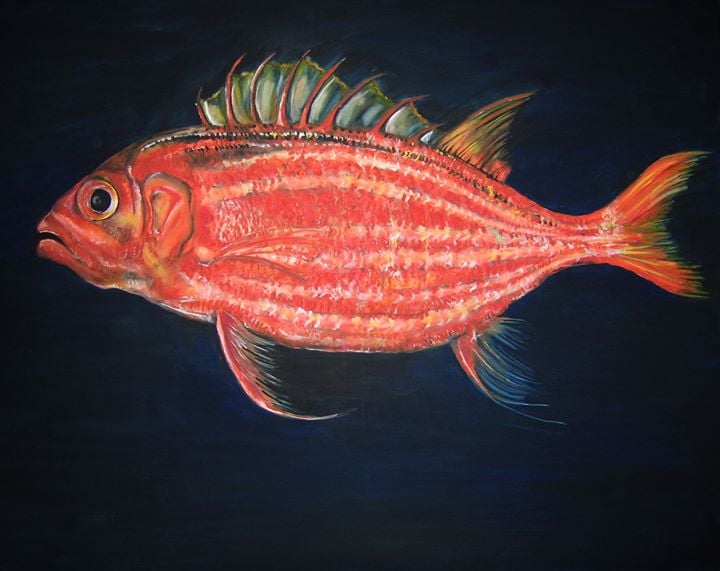
Museum
Address: Station Road, Betws-y-Coed
Rhyd-y-creuau
